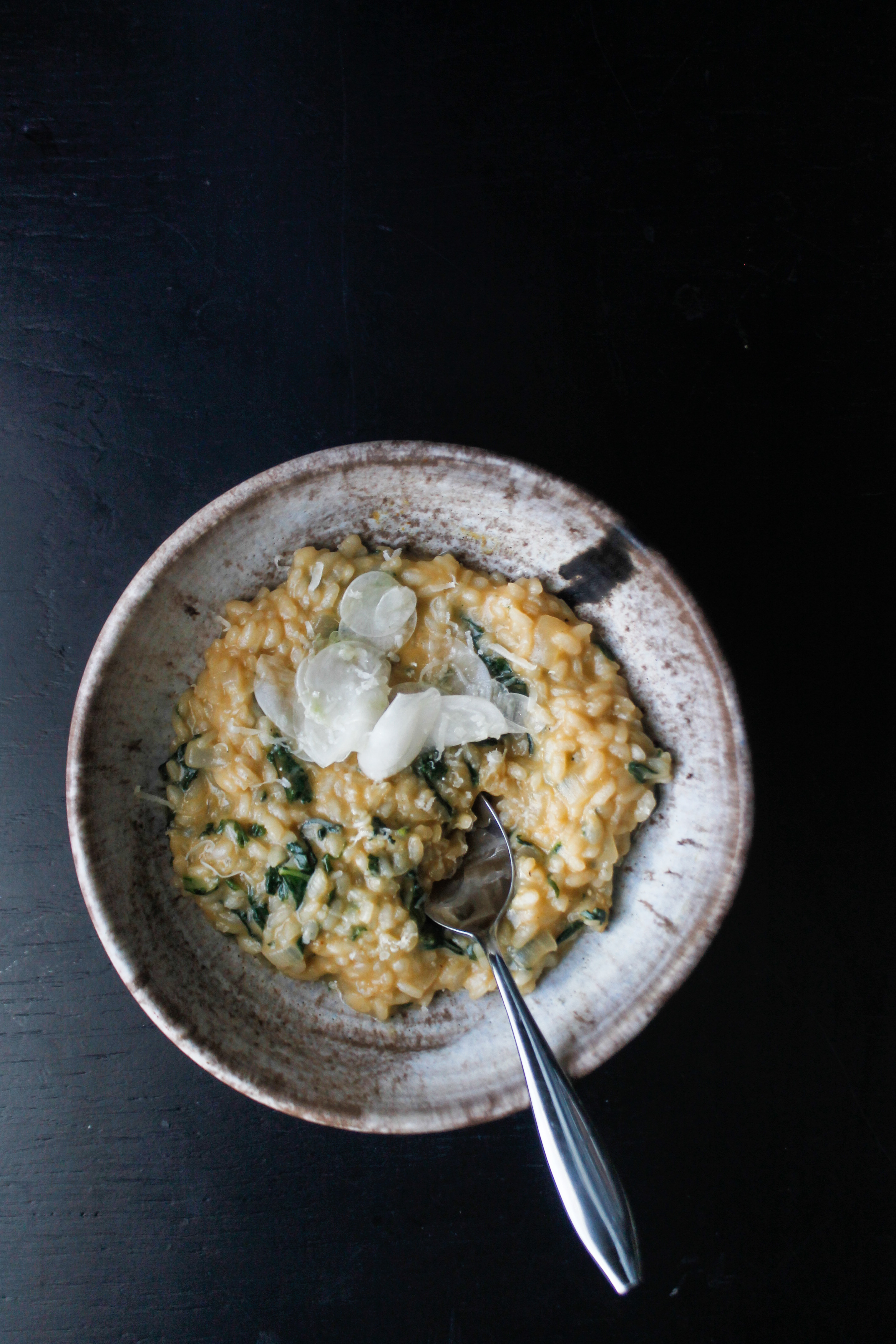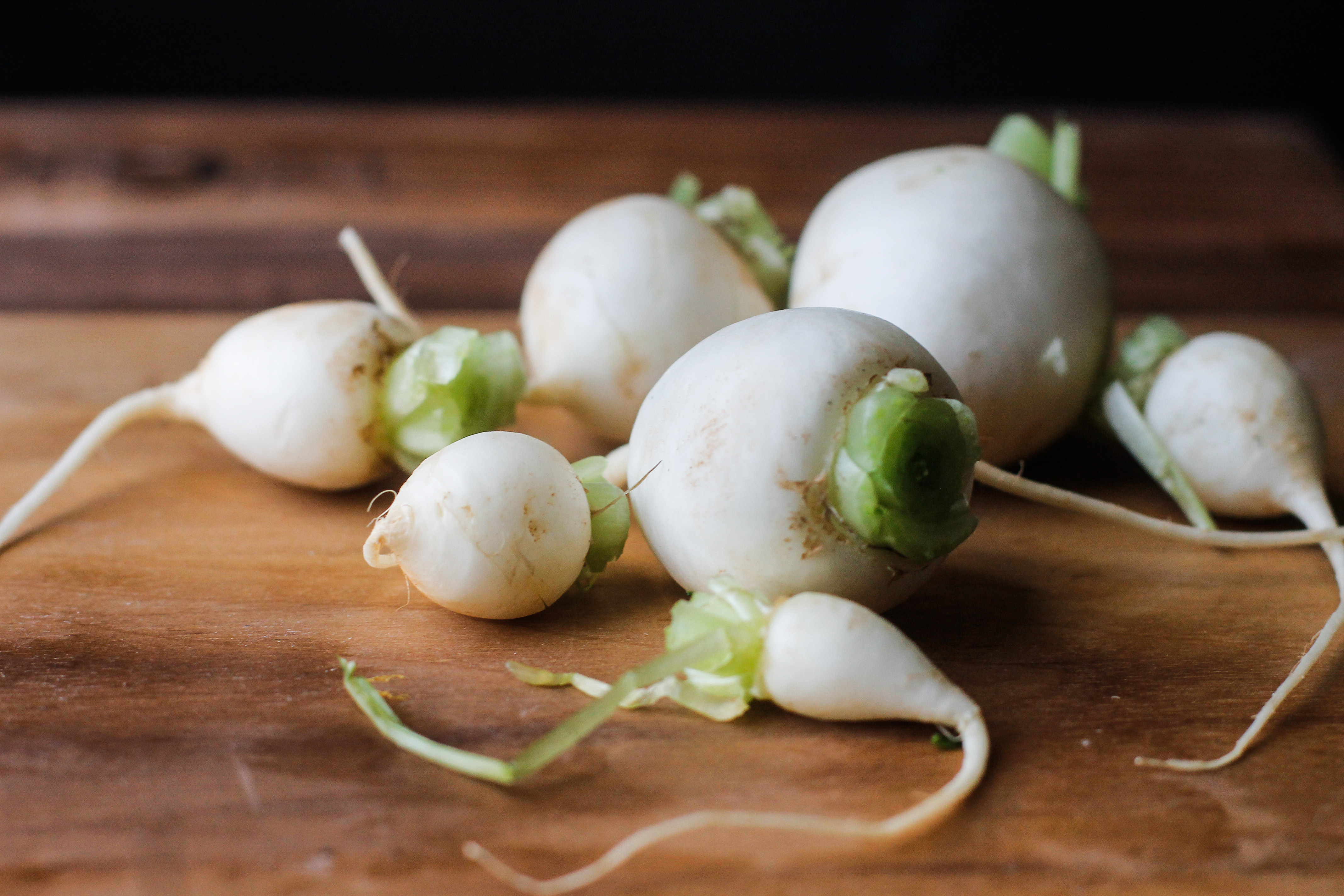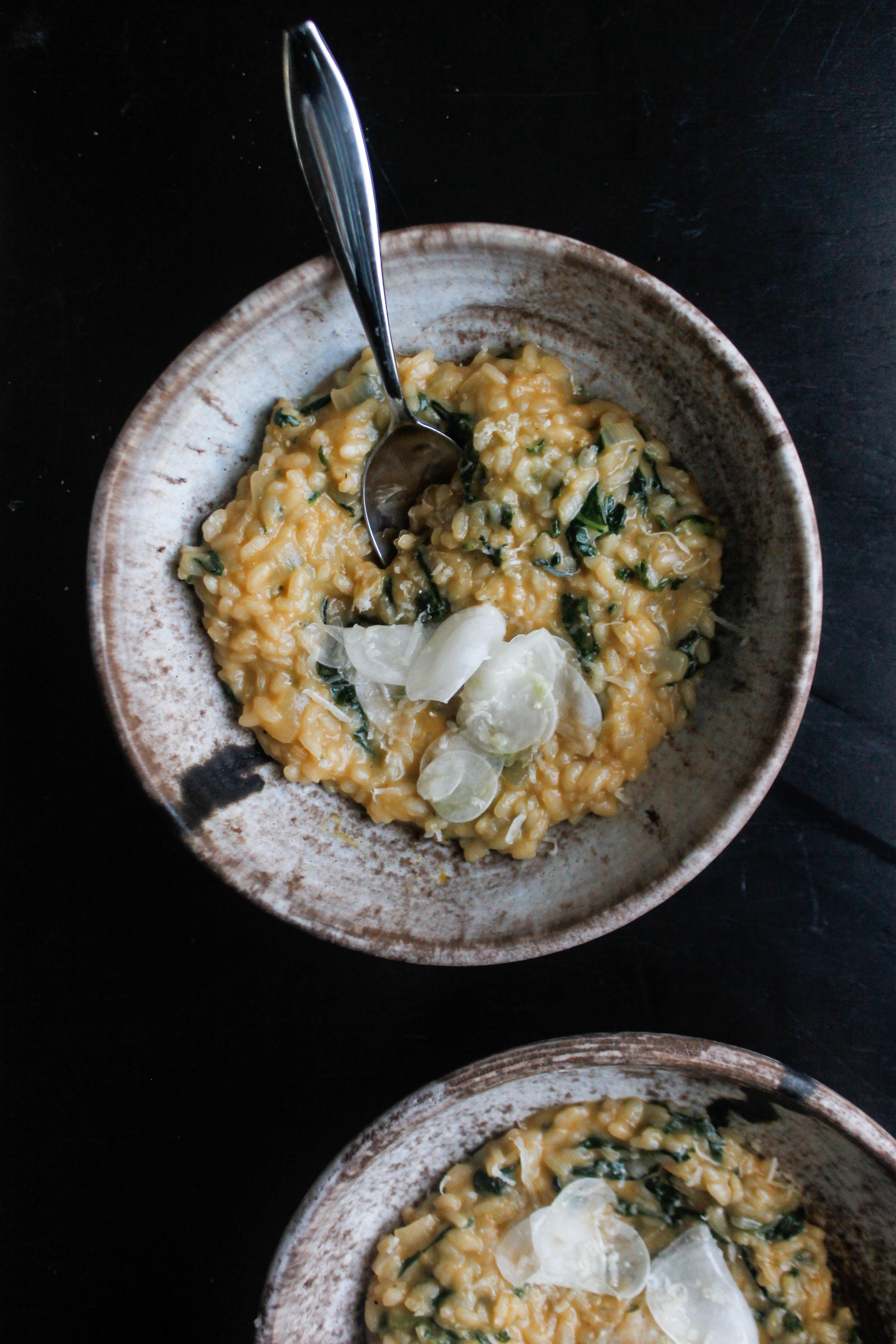“I suppose my generation is farther removed from food production than any other, just one more step down the path of the American food industry. More than our parents, we rely on foods that come out of shiny wrappers instead of peels or skins. It still surprises a girl like me, who actually lives on a real farm with real animals and stuff growing out of the ground, that so many young adults couldn’t guess where their food comes from, or when it’s in season where they live,” Camille Kingsolver, “Taking Local on the Road” from Animal, Vegetable, Miracle
Earlier this year, I read Barbara Kingsolver’s Animal, Vegetable, Miracle, a book that describes Kingsolver’s family’s endeavor to keep a small farm in Virginia, complete with chickens and turkeys, and to eat only foods grown in their county for a year. The book is filled with some trials, but mostly successes from Kingsolver’s family’s year in local eating. The book is also littered with colorful and informative essays from Kingsolver’s then-teenage daughter Camille.
In “Taking Local on the Road,” Camille Kingsolver discusses the difficulties of eating good food while in college, a struggle that has confronted all of us students. Kingsolver’s transition was probably a bit more difficult than it was for the rest of us, since she had spent the past several months eating only locally-grown, sustainable foods that were then crafted into delicious meals. However, I think we can all attest to craving our mom’s baked potato soup, our dad’s weekend pancakes and eggs, or our grandma’s chocolate chip cookies. Some foods just taste better at home.
All foods, if you ask me, taste better if they’re locally grown. I made a commitment to myself when I came to college that I would eat well and sustainably. I visit Tuscaloosa farmers markets almost weekly and have built relationships with many of the area farmers. This has been easy because I am the manager of Alabama’s on-campus farmers market, Homegrown Alabama, and have been involved with Homegrown since my freshman year of school.
Purchasing goods from local farmers and vendors is important to me not only because fresh-from-the-farm produce generally tastes better, but also because I prioritize reducing my carbon footprint. In addition, I am happy to know who grew my food and from where it came — farmers are usually happy to give tours of their farms. They work hard, and they are proud of their bounties.
That said, even though I purchase most of my produce locally, I still have to rely on products from grocery stores to complete my meals. That’s where things get dicey. Packaging labels are helpful but are often inaccurate. I don’t know which hormones were added to which cow to produce a certain cheese, and I don’t know where the grain in that five-pound bag of flour was milled.
I realize I sound picky, if not snobbish. There are many other (potentially more relevant) issues I could be worried about — who really cares where their grain was milled? I think that’s a huge problem with American consumerism. We have gotten so removed from locality, so immersed in industrial food operations, that we don’t always think about eating seasonally, and, often, we don’t even consider cooking. In an interesting paradox, we as consumers value the “quality” of the food we eat, whereas purchasing locally — where produce is often at its highest quality — isn’t even considered.
Kingsolver also discusses how our generation — a brilliant, curious group of people — thinks little about from where its food comes. Because of this, I often ask food educators, chefs, and others why caring about food is important. Their answers are always some variant of, “Why wouldn’t you care about food? You have to eat!” With mass food production in full swing and obesity levels on the rise, we have to start responding to that question — why wouldn’t you care about food?
There are many ways to combat the millennial misinformation Kingsolver discusses. First, we can all purchase some of our goods from local producers. Keeping money in the local economy makes sense, and most millennials are into that sort of thing. Second, we can pay more attention to what we buy in grocery stores. Those bananas were shipped from a country thousands of miles away — do we need them? Third, we can learn to cook some meals for ourselves. Cooking is a daunting task for some, and especially if you’re just cooking for yourself, it can seem like too much work. Nonetheless, cooking can be a fulfilling experience, especially when you learn to make food you really enjoy.
Cooking my own meals has allowed me to develop my palate. Yes, I eat out some — a girl’s got to have her sushi — but when I cook at home, I am more appreciative of the food I eat because of the time I took to prepare it. I am more grateful for its producers because, often, I know them. I pay more attention to how the food will aid my body because home-cooked meals are generally healthier than restaurant cuisine.
A meal I enjoy that embodies these qualities is risotto. Cooking risotto is a meditative, thoughtful process. It is a dish that requires a lot of stirring, but doing so allows the arborio rice to give off starches that melt into steaming, flavorful stock. A pat of butter and a generous handful of grated parmesan complete the dish, creating a delicious upscale pot of cheesy rice. Risotto is also a wonderful vehicle for locally-grown, in-season vegetables. In this version, I incorporated hakurei turnips from Belle Meadows, a Tuscaloosa farm. I chopped the verdant, floral leaves and wilted them into the almost-finished risotto. I thinly sliced the baby turnips, tossed them in good olive oil and topped them with salt, and then used them as a garnish. These simple additions to a basic risotto recipe add healthy doses of vegetables and locality to a comforting classic. This risotto is a dish that welcomes changing seasons, local produce, and curious, millennial cooks.
Turnips and Greens Risotto (adapted from The Broad Fork by Hugh Acheson)
Serves 4
INGREDIENTS
4 cups vegetable stock
2 ½ Tablespoons olive oil
½ large onion, diced
1 cup arborio rice
½ cup grated parmesan, plus more for topping
2 cups turnip greens, chopped
2 Tablespoons salted butter
3 baby turnips, thinly sliced
Salt, to taste
- Heat stock in a medium pot over medium heat and leave at a simmer.
- Heat 2 Tablespoons oil over medium heat in a dutch oven. Add onions and saute until translucent but not browned. Add rice and stir.
- Pour in stock, about 1 cup at a time, stirring frequently, until almost all of the stock is absorbed, then add more. Continue this process until all stock is used or rice is cooked. If 4 cups of stock is not enough, water can be used.
- Add butter and parmesan, then greens. Stir frequently. Salt to taste.
- Toss sliced turnips with remaining oil and salt. Garnish finished risotto with turnips and parmesan.




